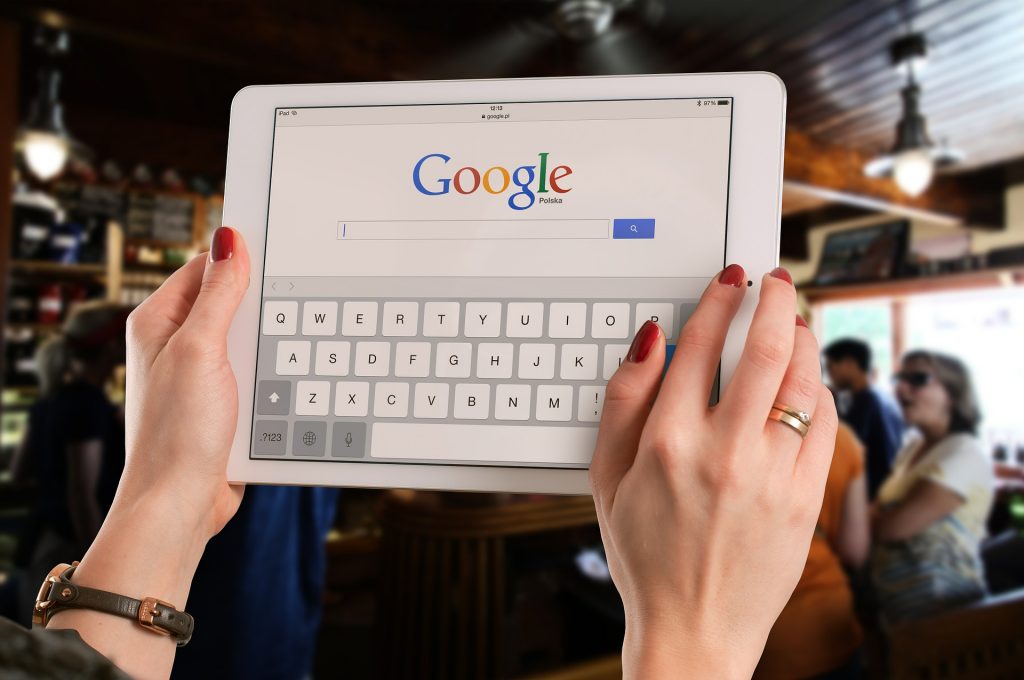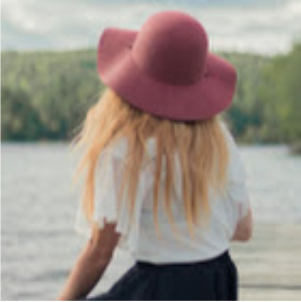
Ever since they appeared in the late 1990s, search engines like Google have been constantly upgrading. When it comes to the input method, the last couple of years saw an explosion of new interfaces that allowed us to browse the Internet without typing in actual words in the search box. First of all, users got the opportunity to voice search Google and this turned out to be a hit since more and more people are using voice command to start their online search. Secondly, the visual search took on as the next generation of search engines.
The technology had been there for years, with smartphone users reading bar codes and QR codes for years now. However, aiming your camera at any sight you might find interesting and feel inquisitive about it wasn’t possible. The best thing you could do is post the image to a forum and hope other users knew what the picture or the symbol stood for. However, this is all about to radically change in 2019 when Google visual search really picks up and start changing SEO in ways we cannot predict with certainty but can still guesstimate.
How does the system actually work?
In order to understand the true impact visual search will have in the future, you need to fully grasp the technology behind it. A good SEO analyst can tell you that keywords lied at the core of textual Google search, but what is the key to imagery?
The core of this novel search concept is centered on the method of input, which is cropped images. Instead of typing in the term, you like to search or saying it out loud, you take a picture of it using a special search bar on apps like Pinterest or Google. After the software process the image for half a minute, it offers you a list of possible hits related to your search, accompanied with relevant tags. The app is able to connect the image you took with gazillion other images it has stored on platforms like Pinterest and find common points.
Everything you take a photo of is comprised of several shots and characteristic color schemes that the app can use to compare the existing combinations. Google Goggles is even optimized for recognizing any possible lettering present in the images, displaying it as plain text that you can later translate using (surprise, surprise) Google Translate. At the moment this technology is far from perfect but as more and more apps adopt it, it is likely that more and more people will snap photos when they feel inquisitive.
“You know that place…”
The world around is brimming with challenging sights that we crave to capture with the objective of our camera. The only problem is that our knowledge sometimes cannot express what a picture can. How many times were you showing travel photos to your friends or parents and couldn’t remember the name of a sight they asked you about. It would be useless to type in “that monument with a man on a horse holding a sword” in Google search, as there are thousands of similar monuments across the globe. And when it comes to using voice search, you would simply be left literally speechless.
This is where visual search steps in as it can help you locate any place on the globe under the precondition that you took a photo of it. You can even use this technology to save money on local tour guides as all you need to do is take a picture of a queer structure and let Google or Pinterest do the rest, informing you about everything you wish to know about it.
How to tap into this new trend
You are probably wondering by now what it is that you can do to improve visual search SEO. The answer is much simpler than you might first expect because it concerns a part of your business that you should have well-established by now. Visual identity of your business will be put to the test as more and more people take photos of your products in the wish to know more about them.
The most important element of the visual identity is consistency. You need to create a logo and stick to it for a number of years with only cosmetic adjustment to it. Furthermore, the quality of the images you use on your website, merchandise, and leaflets need to upgrade until it reaches the level of professional photography. Of course, professional photographers can still use Photoshop resources like Sleeklens to enhance the details on the photos destined to become an integral part of your visual identity. There is nothing wrong with adding a filter or a cosmetic effect to your pictures since a phone scanner cares little about reality, only verisimilitude.
Visual search in e-commerce
We are already used to ordering everything online but doesn’t it bother you that you have to type in “anchovy pizza” if you want another one? With the advent of visual search, all you’ll have to do is snap a photo of the pizza box and another one will be on its way to your doorstep. Moving on from trivial stuff, visual search has the potential to change the way we shop and the appearance of online product descriptions as images slowly take precedence over words.
Online retailers will start uploading better quality pictures of their products and there will be more of them because the advertiser needs to cover every square inch of the item they sell. Furthermore, the 360° image rotate technology will probably become standard, helping us get a better view of a given product and helping the search engine get all the relevant hits.
Altering marketing campaigns
Finally, visual search will alter the way marketing departments do their job related to SEO. Every new marketing campaign will more than ever have to rely on images to get the message across. The changes will not only be online but even offline marketing will see a rise in the number and quality of pictures used. We can already see 3D billboard by the side of the road and signs that have parts protruding from the square. This is because the marketing campaigns of the future will be tailored to meet the needs of online visual search, rather than an ad in the newspaper.
Visual search still hasn’t taken precedence over text and sound but its use is on the constant rise. It won’t be long before imagery starts impacting SEO to a larger extent so you need to prepare your business and especially the marketing department for this surge of pictures. With the number of apps and e-commerce platforms adopting visual search constantly on the grow, it won’t be long before this search input method is neck to neck with text and voice.

Claire Morgan is a marketing consultant and lecturer who, thanks to her integrated approach to business, stands behind many digital strategies of renowned brands. She enjoys traveling and passionately blogs about the latest marketing and lifestyle trends.


